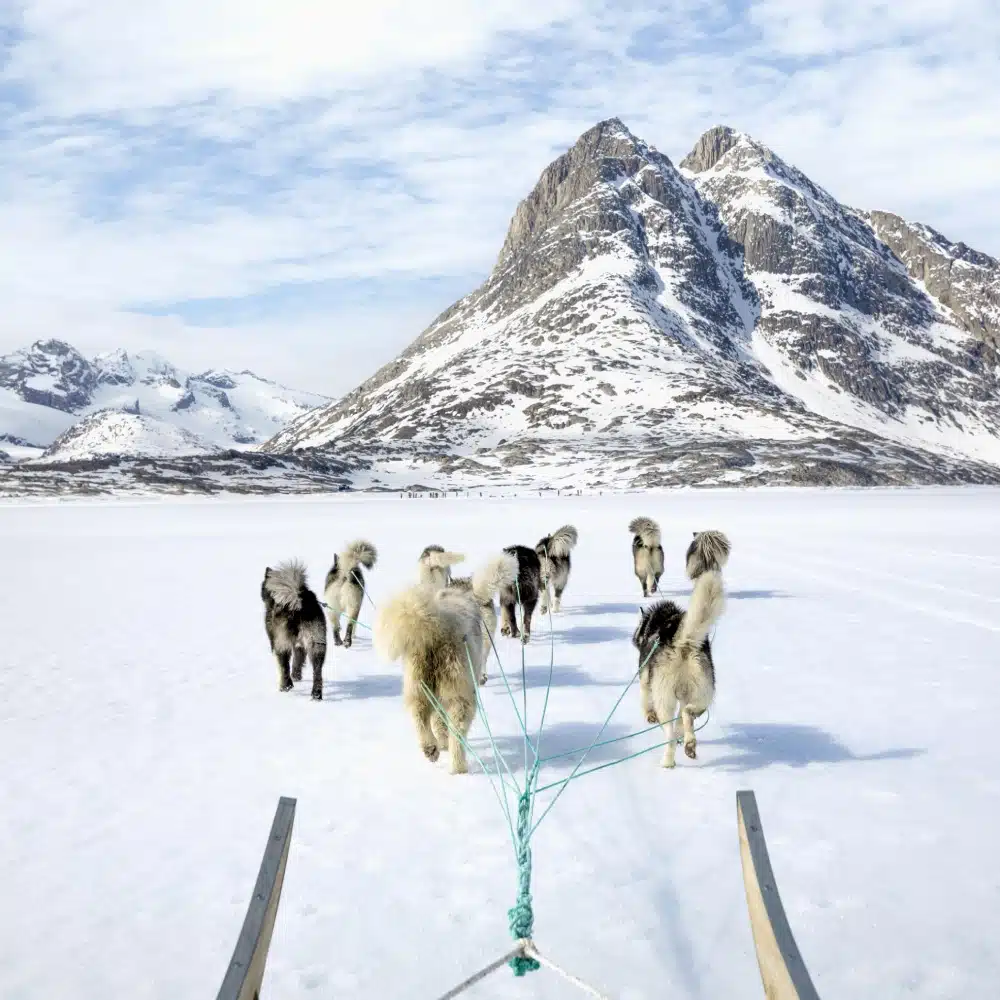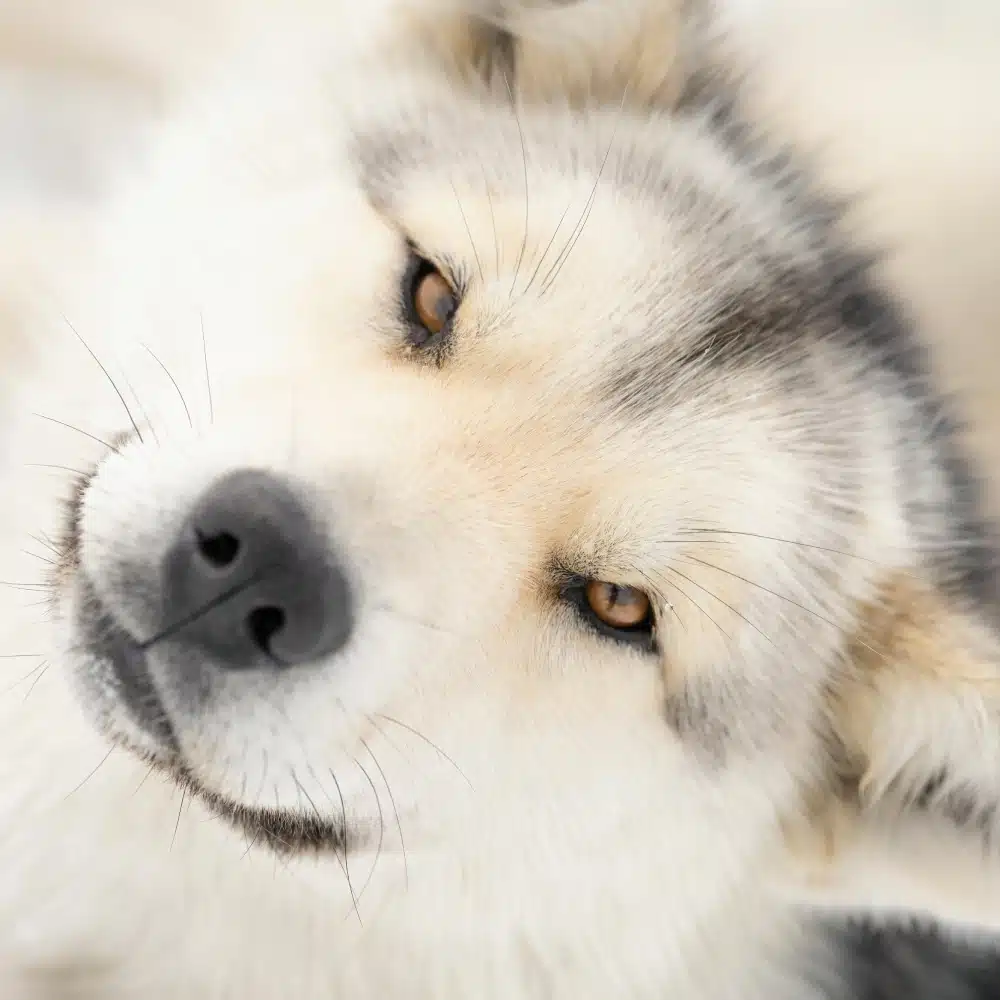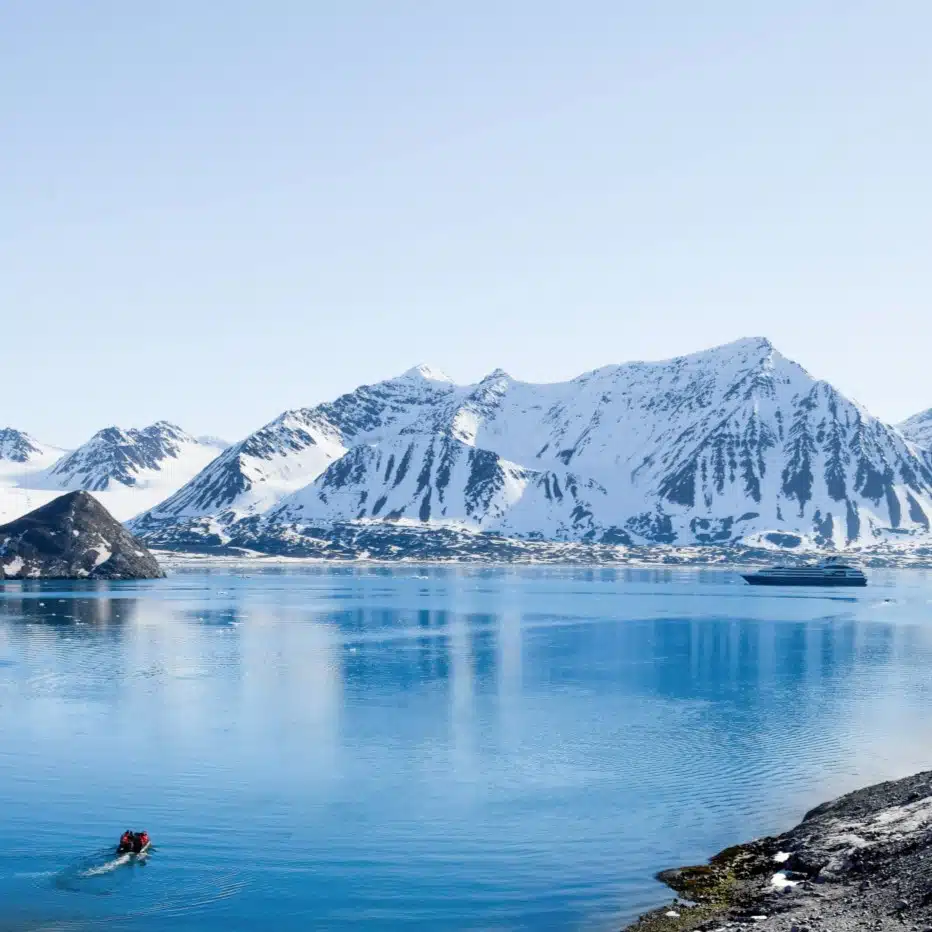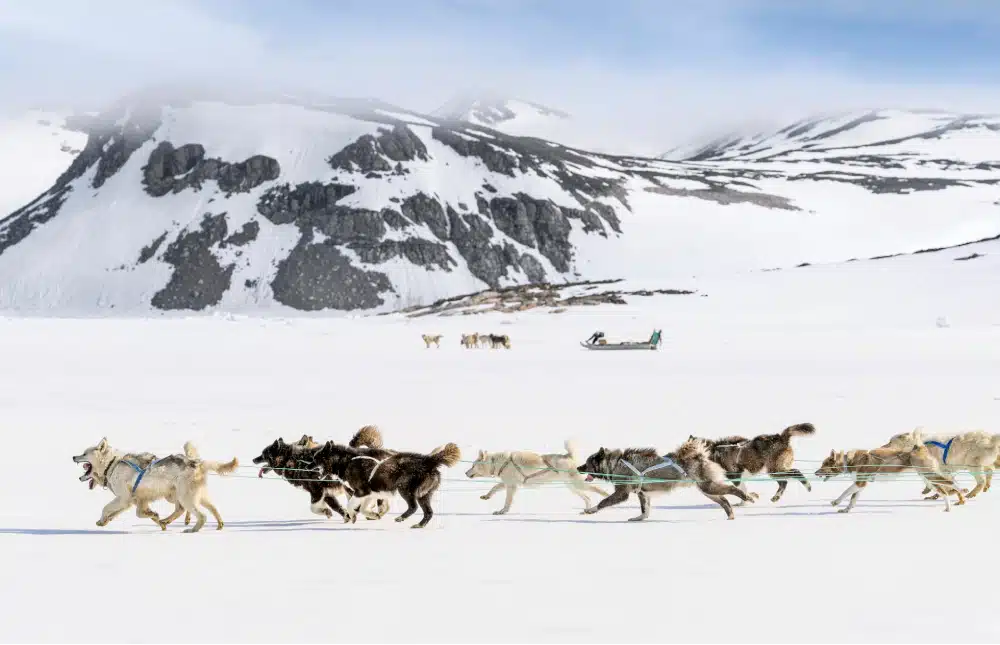A dog sled race with the feel of an odyssey
The Finnmarksløpet, the most prestigious dog sled race in the world takes place every winter on the icy northern plains of Norway. A test of endurance and bonding in which man and animal come together to tame the elements.
A vital connection between dogs and humans
According to the earliest archaeological evidence, indigenous peoples in remote Arctic regions have been using sled dogs for nearly 10,000 years. A companionship with ancestral roots that during the first millennium AD would become an essential component of the culture of Thule, the ancestors of the Inuit, as well as those of the Scandinavian Sami.
In Norway, these robust, hardy dogs, for whom the extreme cold is their natural habitat, were essential for crossing the taiga and the vast snow-covered plateaux of Finnmark, capable of transporting goods and people over very long distances. These invaluable allies have enabled man to overcome extreme climatic conditions and ensure the survival of the most isolated communities. They also played a fundamental role in hunting expeditions and in exploring the most inhospitable environments.
The origins of dog sledding
In all likelihood, the first sledges would have been pulled by a single animal to transport light material, then the practice evolved with the harnessing of numerous draught dogs capable of moving increasingly heavy loads.
The Finnmarksløpet, a demanding race
In 1981, less than ten years after the first holding of the Iditarod, Europeans were inspired by the growing interest in dog sledding, or mushing, as a sport and leisure activity, and created the longest sled dog race on the Old Continent: the Finnmarksløpet. The competition, which takes place every winter from the first Saturday of the 10th week of the year, sees the mushers and their 14-dog team compete in a collaborative atmosphere over a distance of 1,200 km.

Considered one of the world’s toughest races, for both mushers and their dogs, The Finnmarksløpet, literally The Finnmark Race, attracts participants from all over the world. Above all, it demonstrates the perfect harmony that can exist between man and animal and celebrates the ancestral bond which has been at the heart of Nordic traditions for thousands of years.
The Finnmarksløpet, a competition for everyone
Two other competitions take place alongside the main event: the first over 600km where teams are limited to 8 dogs, and the second, over 200km, dedicated to young mushers aged between 12 and 17 accompanied by a maximum of 6 dogs. Every year, the junior category attracts new enthusiasts who are learning the challenges of mushing. It emphasises safety and imposes strict rules and supervision by experienced professionals

Participants are invited to live out their passion for dog sledding through high-level sport, and to cultivate values such as respect, high standards, perseverance, animal welfare and communion with nature. The promise of an unforgettable learning experience.
From The Serum Run to the Finnmarksløpet
The first sled dog races appeared at the beginning of the 20th century. The route between Anchorage and Nome in Alaska made history in 1925 when Norwegian musher Gunnar Kaasen and his lead dog Balto braved the elements to deliver a diphtheria antitoxin to the people of Nome. This “Serum Run” is commemorated today by the Iditarod Trail Sled Dog Race, the most important dog race in the United States, which inspired the Finnmarksløpet.
Well-being at the heart of the race
During the Finnmarksløpet, dogs are not seen as mere tools for winning the race, far from it; they are very much the partners of the mushers and their welfare is an absolute priority. The race rules stipulate that each musher must constantly look after the health of their animals, providing them with food, rest and care throughout the event. Dogs, meticulously examined by a veterinarian before departure and at each checkpoint, are required to be up to date with vaccinations and fitted with a microchip.

If a dog shows signs of fatigue or injury, it is immediately withdrawn from the race and treated. This attention to the dogs’ welfare is central to the Finnmarksløpet philosophy, where ethics and responsibility take precedence over mere sporting performance.
The husky, king of the race
In this demanding discipline, each breed plays a well-defined role, forged by centuries of adaptation to extreme conditions. The Alaskan husky occupies a special place among them. A cross between Siberian huskies, Native American Indian dogs and wolves, it has become the world’s most successful sled dog. Today, it accounts for 90% of all dogs in competition, with the largest kennels in Alaska and Canada.

Alongside it comes the famous husky, native to north-east Siberia, and recognisable by its icy gaze, with nothing to be ashamed of in terms of its abilities. Its need for wide open spaces and its elusive nature enable it to withstand the harshest conditions without losing any of its splendour.
There’s also the Eurohound, sometimes nicknamed Scandinavian Hound, born of a cross between an Alaskan husky and a shorthaired pointer, renowned for its speed over short and medium distances. Other breeds have also proved their worth in competition, such as the powerful malamute, nicknamed the “snow locomotive”; the Greenland, faithful companion of polar explorers such as Paul-Émile Victor, and also the greyster, known for speed rather than endurance, born of a cross between the American greyhound and the German braque (shorthaired pointer).
Photos credits: ©StudioPONANT/Ophelie-Bleunven; ©PONANT Photo Ambassador Ian Dawson; ©PONANT Photo Ambassador Sue Flood.

Explore the world with PONANT
Discover Nordic traditions.



